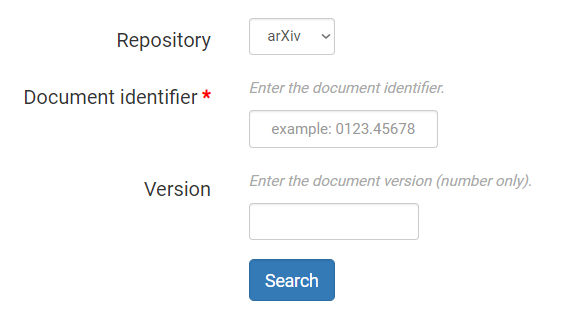| Communications in Mathematics |
Instructions for authors
Communications in Mathematics is an open-access free journal that is committed to publishing high-quality, peer-reviewed articles in pure and applied mathematics, statistics, computer science, and related topics. We believe in the importance of open access and require that all submissions be made available in an open repository before submission. Then, a single-blind review process, which involves the evaluation of articles by expert reviewers in the field, ensures that only the most rigorous and impactful research is published in our journal. In addition to our commitment to quality, we are dedicated to making a swift revision and an efficient publishing process, to ensure that your research is made available on time.
How to submit your article
If you want to submit your article to Communications in Mathematics, the first step is to make sure that your article is original, well-written, and contains relevant results. The next step is to create an account on the Episciences platform.
Once your account has been created, you can log in to your Episciences account. After logging in, you will be able to click on a tab named "Submit an article". This tab will have a form which will look like the following:

Notice that one of the required information in this form is "document identifier". Hence, the next step is to upload your article to the open repository arXiv (preferably), Zenodo, or HAL. Since the journal is open access, choose the CC BY-SA licence when you upload your article to the open repository.
Once your article is uploaded, you will obtain a document identifier number provided by ArXiv. Then, you will be ready to finish the submission of your article. If you want to suggest an editor to handle your submission, you can do so in the comment section.